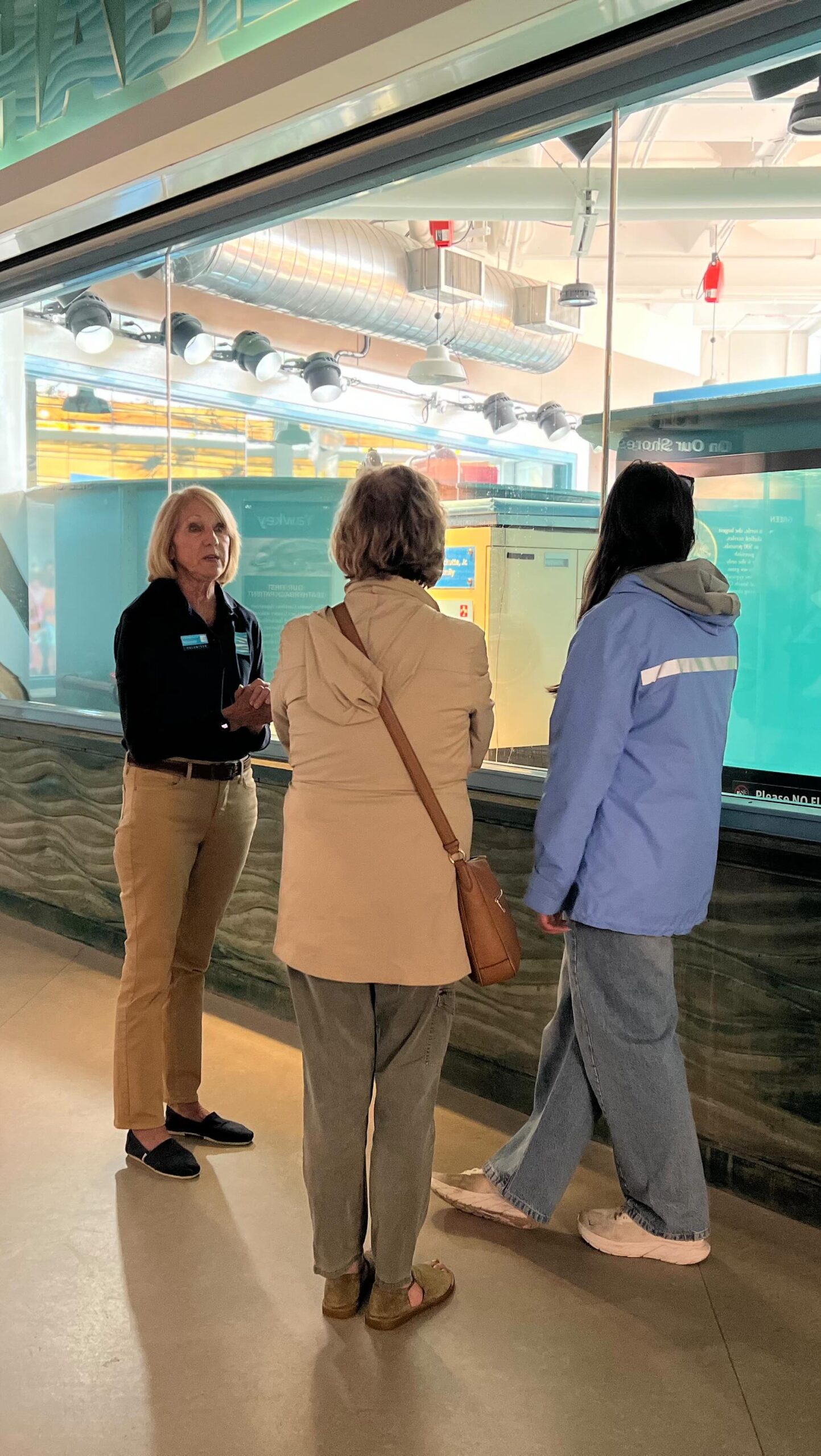- Daily responsibilities of an exhibit guide volunteer and the skills required for the role.
- The importance of volunteer involvement in zoo management and wildlife conservation efforts.
- Insights into animal ambassador interactions and the educational value they provide.
- Enhancing guest experiences at exhibits like the Great Ocean Tank and the impact on public understanding of ecosystems.
- Steps to take if interested in applying to become an exhibit guide volunteer.
Volunteering as an exhibit guide can be an enriching experience for those who are passionate about wildlife and conservation. The role entails numerous responsibilities, offering individuals an opportunity to bridge the gap between visitors and the animal world. Volunteers, like Maureen, dedicate their time to fostering an educational atmosphere at the zoo.
In a typical day, volunteers like Maureen engage in several tasks that involve both the enrichment of guests and the welfare of the animals. Starting with the Great Ocean Tank, volunteers provide insight into the aquatic life housed there. They share information on diverse species and their habitats, offering insights into marine biology and ecology. This requires a blend of communication skills and a solid grounding in zoological knowledge. Understanding the distinct environmental needs of different species and conveying that effectively to the public is a crucial part of this volunteer role.
Being an exhibit guide volunteer also necessitates a passion for wildlife conservation and an understanding of animal behavior. Effective communication allows volunteers to educate the public about the significance of conserving wildlife and natural habitats. This shared knowledge can empower visitors to think more critically about their impact on the environment and ways they can contribute to conservation efforts.
Interacting with ambassador animals is another key element for exhibit guides. These animals are chosen for their calm demeanor and acceptance of human interaction. Volunteers assist in educational demonstrations, using these animals to highlight specific conservation messages. This interaction is not merely for entertainment but serves an educational purpose, reinforcing the knowledge volunteers pass on to guests and helping to foster an appreciation for wildlife.
Guides also enhance visitor experiences across other exhibits, such as the Great Ocean Tank. By sharing in-depth information about the ecosystems and behaviors of the animals, they create an interactive and engaging environment that promotes learning. This deepened understanding prompts an interest in protecting such environments and the creatures that inhabit them.
For those interested in becoming an exhibit guide volunteer, the process is straightforward. Most facilities offer training programs to equip volunteers with the necessary knowledge and skills. Applicants should possess a genuine interest in animal care, education, and public interaction. This role is vital in connecting the community with zoological knowledge, promoting awareness, and contributing to the global effort of wildlife conservation.
Overall, being an exhibit guide volunteer offers a unique opportunity to be at the forefront of conservation education. Volunteers not only enhance the experience of visitors but also play an essential role in the greater mission of wildlife preservation. Through their efforts, they contribute to spreading awareness and fostering a conservation-minded community.
*****
Source Description
Have you ever wondered what it takes to be one of our exhibit guide volunteers? Now’s your chance to find out!
Come along for a glimpse at the day in life of Maureen, one of our many dedicated volunteers. From pit stops at the Great Ocean Tank to ambassador animal interactions, our volunteers help us connect guests with water, wildlife and wild places everyday.
Want to become a critical component of our mission? Apply to become an exhibit guide volunteer at the link in our bio!
.
.
.


